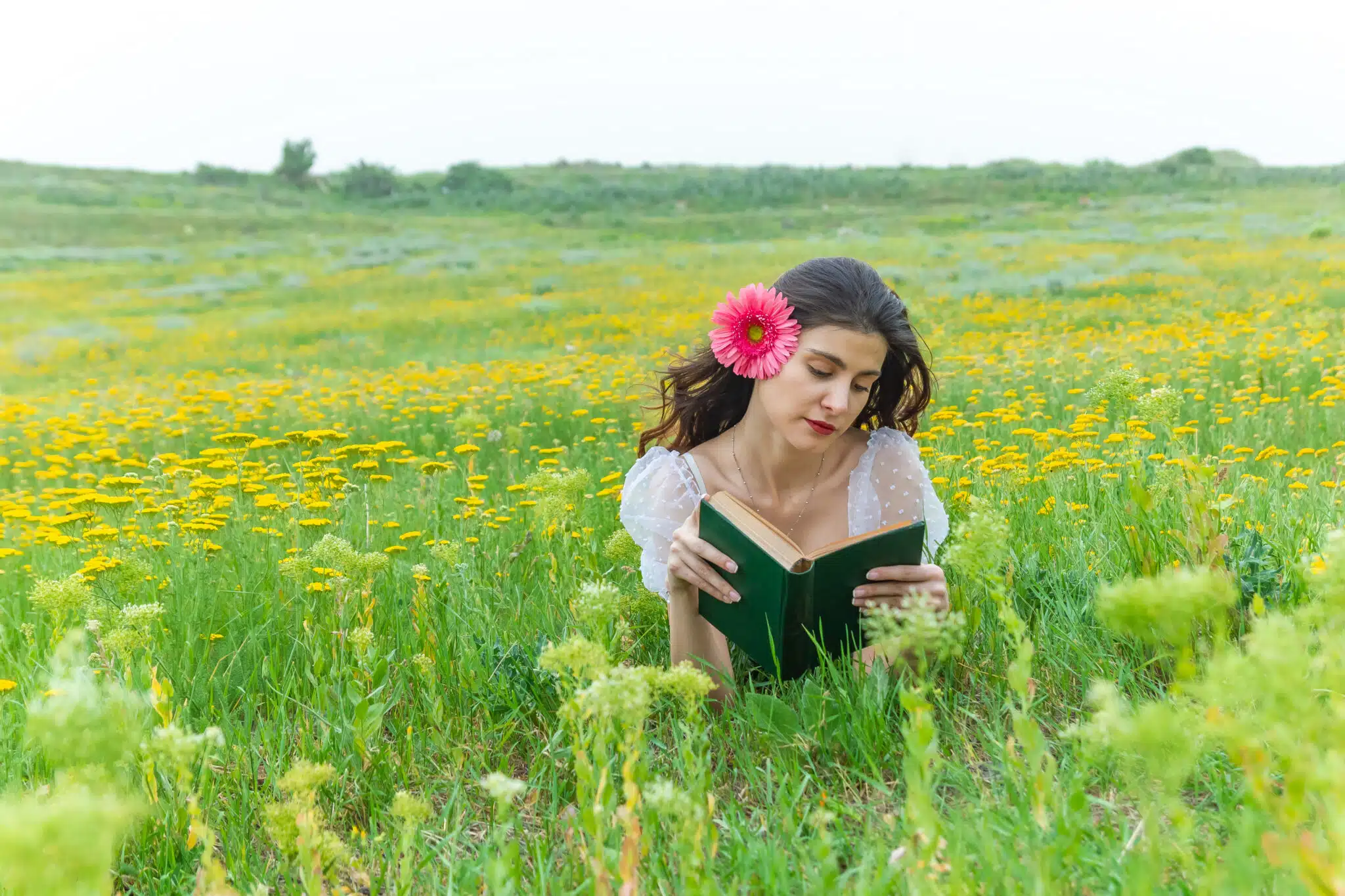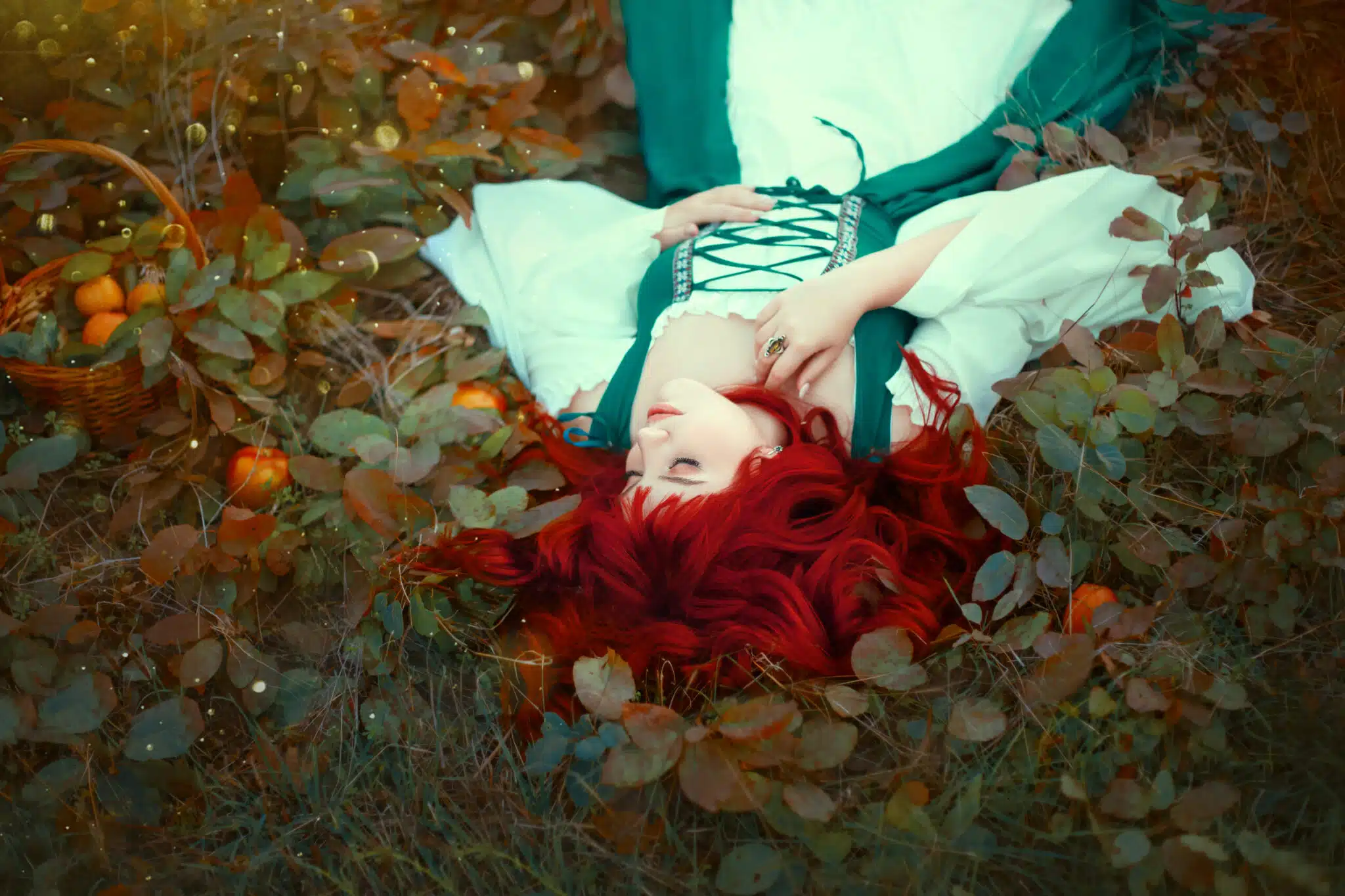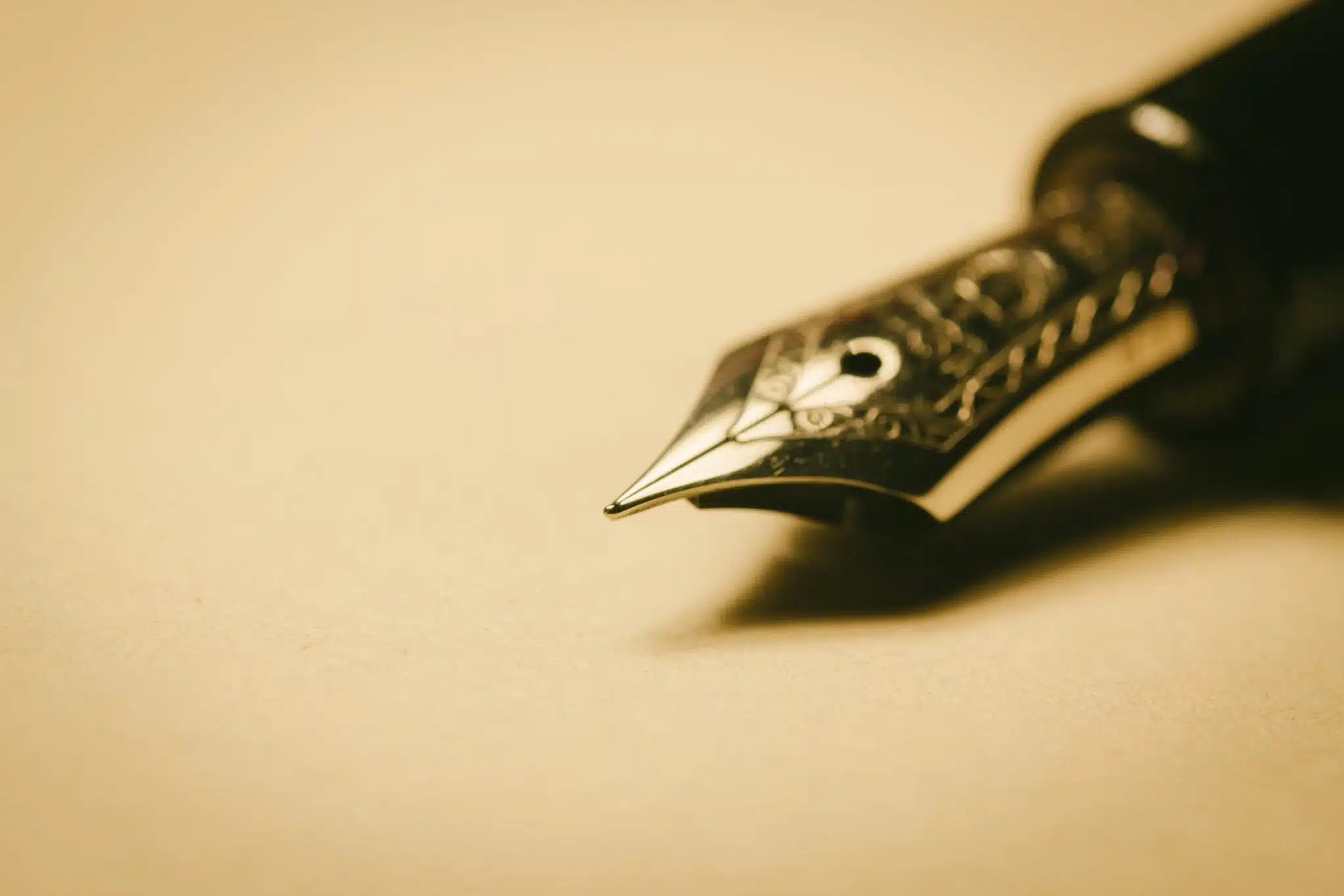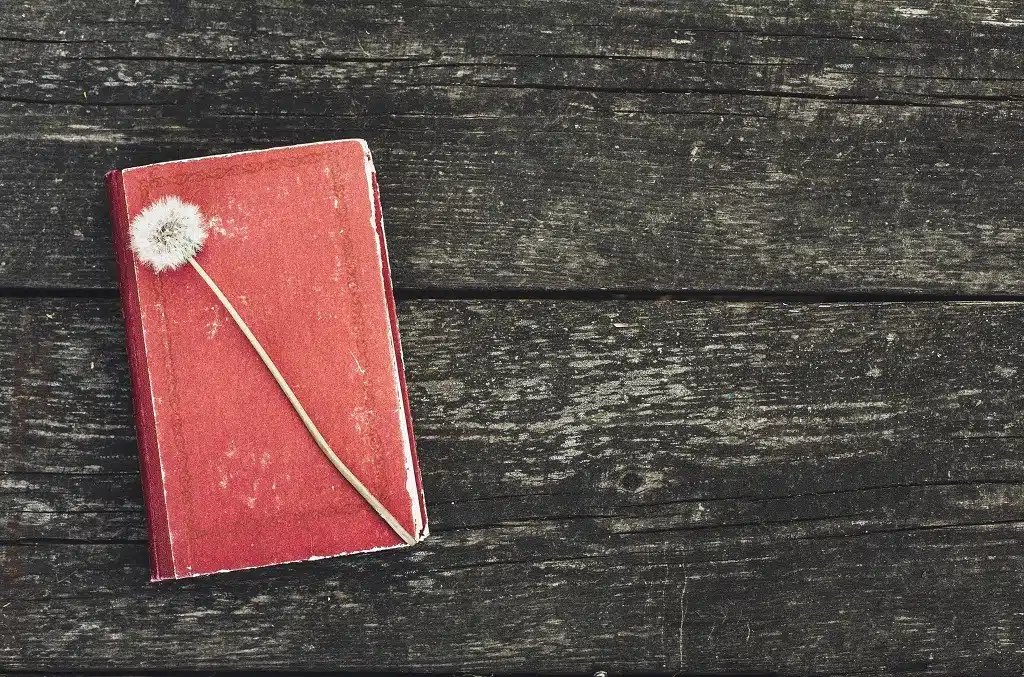Here’s what the Trian Rannaigechta Moire poetry form is:
Trian Rannaigechta Moire is an ancient Celtic poem form that prizes rhymes and consonance.
The form is comprised entirely of quatrains that have an internal xABA rhyme structure, in which ‘B’ will correspond to a syllable in the middle of the last line if certain conditions are met.
So if you want to learn all about the Trian Rannaigechta Moire poetry type, then you’ve come to the right place.
Let’s jump right in!
- Rannaicheacht Mhor Poetry Form: Spin Irish Lores
- Deibide Baise Fri Toin Poetry Form
- Cethramtu Rannaigechta Moire Poetry Form
- Awdl Gywydd Poetry Form: Cherish Welsh Legacy

Forms of Poetry: Trian Rannaigechta Moire

The Trian Rannaigechta Moire, which I will henceforth abbreviate to TRM for reasons that are glaringly obvious, is a very old form of Celtic origin that uses rhymed quatrains (four-line stanzas) in which each line is just four syllables.
Aside from enforcing aicill rhyme under a certain condition, the form is functionally a quatrain in which the second and fourth lines rhyme and all endings share consonance.
Basic Properties of Trian Rannaigechta Moire

| Rhyme Structure | Strict |
| Meter | Syllabic |
| Origin | Ireland |
| Popularity | Ancient; has seen much less use in modern eras |
| Theme | Varies |
How Is Trian Rannaigechta Moire Structured?

The TRM focuses on quatrains that each have a total of exactly sixteen lines, split evenly across the four lines of the verse.
There is a consistent internal rhyme scheme of xABA (in which ‘x’ is an unrhymed syllable), so a longer TRM will read as xABA xCDC xEFE, etc.
Observant readers may initially wonder why the third line is assigned a letter when it doesn’t seem to rhyme with the other lines at face value, but this is because the form uses aicill rhyme.
In Gaelic context, aicill rhyme is very particular about stresses, but for our purposes we will simply understand it to mean a cross-rhyme.
But if you’re going for the purist approach, then I do recommend digging through translated articles explaining the more nuanced elements of Celtic verse.
Note that this rhyme is apparently triggered by the inclusion of a disyllabic word on the end of the third line.
It is supposedly not mandatory for any line to end with a two-syllable word, perhaps implying that the aicill rhyme itself then becomes optional rather than obligatory, but with so few sources to draw information from it’s honestly hard to tell for sure.
An example structure for TRM might look like this:
xxxx
xxxA
xxxB
xBxA
Poetic techniques of the region that emphasize repeated sounds, such as dunadh and cywddydd are encouraged.
Dunadh is the practice of ending a poem with the same word or phrase that started it while cywddydd refers to a concept we generally liken in English to ‘harmony of sound.’
The easiest way to describe cywddydd is that it glorifies a subset of repetition-based poetic techniques such as assonance, consonance, and rhyme.
Celtic poetry tends to have a very musical feel to it, owing to the conceptualization.
The region does have very old ties to poetry, after all.
One technique that is considered mandatory rather than just encouraged is that the ending words of all four lines are included in consonance.
The best example I’ve seen interpreted this specifically as having consonance with the words on the same line.
Example of Trian Rannaigechta Moire

Fall fast and firm,
gripping the ground.
Rinse and repeat,
your feet not found.
The human heart
is dear and dumb.
Veiled in veneer,
so near yet numb.
The most basic principles of the form are that it be four lines, have a rhyme between the second and fourth lines, and focus on consonance.
These parts are all relatively easy to understand and work with.
The wrench comes in the form of the aicill rhyme.
Including a cross-rhyme of any kind would be difficult with such short lines, so asking that it specifically do so within the confines of a verse that needs consonance on every line really ramps up the difficulty.
Still, a well-executed TRM can be quite impressive.
The effect of the consonance and rhyme is almost spellbinding in its single-mindedness.
The above example does feature the aicill rhyme in both verses, but it’s worth noting that if the third line of one verse had been monosyllabic instead of disyllabic then I would not have featured the aicill rhyme on that particular verse.
It’s a little confusing, but only a little.
The bigger problem is that there just aren’t that many examples of the form in English to learn from, though that’s unsurprising as this form is largely abandoned internationally.
It’s a shame, too, since it’s quite interesting.
Tips for Writing a Trian Rannaigechta Moire Poem

Under normal circumstances this would be where I’d give you tips on how to handle rhyme, but that is absolutely not the hardest part of this poem.
If anything I’d say that the end rhyme is the easy part.
The aicill rhyme, even once you get used to the disyllabic trigger, is definitely harder since it appears just a few syllables after its partner, but it’s doable.
No, the real challenge comes from mixing consonance and rhyme in such painfully short lines.
You have scarcely any room at all to set up anything other than the sounds themselves, so you can imagine how hard it is to construct any sort of cohesive narrative.
For that reason, I’m going to give some unusual advice.
Abandon narrative.
Rely on fragmented thoughts and emotional connotations rather than concrete imagery.
If you try to approach this form like a normal poem, you will burn out trying to make it work within your definition of poetry.
Instead, think of the poem as a sort of music.
Focus on making it feel a certain way and sound a certain way.
This is not a form that needs to mean something in the traditional sense, but a form that thrives on the immaterial connections between words.
If you want to express grief, include a series of sad words and images but don’t focus on declaring your grief in bold and easily comprehensible terms.
A dead whale’s weight
pressed to the pane
of human heart,
just slightly sane.
This particular poem form requires you to reach into your emotional intelligence and pull out an understanding of connotation that most other forms don’t demand.
If you can do that, then you’ll write something meaningful.
What exact meaning the reader pulls from that attempt is up to them.
Poet’s Note

Never before have I seen a form with a name that is so profoundly difficult to pronounce, only for it to describe a scant sixteen syllables of meter.
For reference that means that each verse of the form is shorter than a haiku, yet it has the nerve to have one of the most daunting titles I’ve seen in all of literature.
Shame on you, TRM.
Comprehensive Collection of Poetry Forms: Craft Words Into Art

Dare to traverse the entire spectrum of poetic forms, from the commonplace to the extraordinary?
Venture from the quintessential Sonnet to the elusive Mistress Bradstreet stanza, right through to the daunting complexity of Cro Cumaisc Etir Casbairdni Ocus Lethrannaigecht.
For those with a zeal to encounter the full breadth of poetry’s forms, this invitation is yours.
Start exploring the vast universe of poetic ingenuity with our comprehensive array of poetry forms right now!
